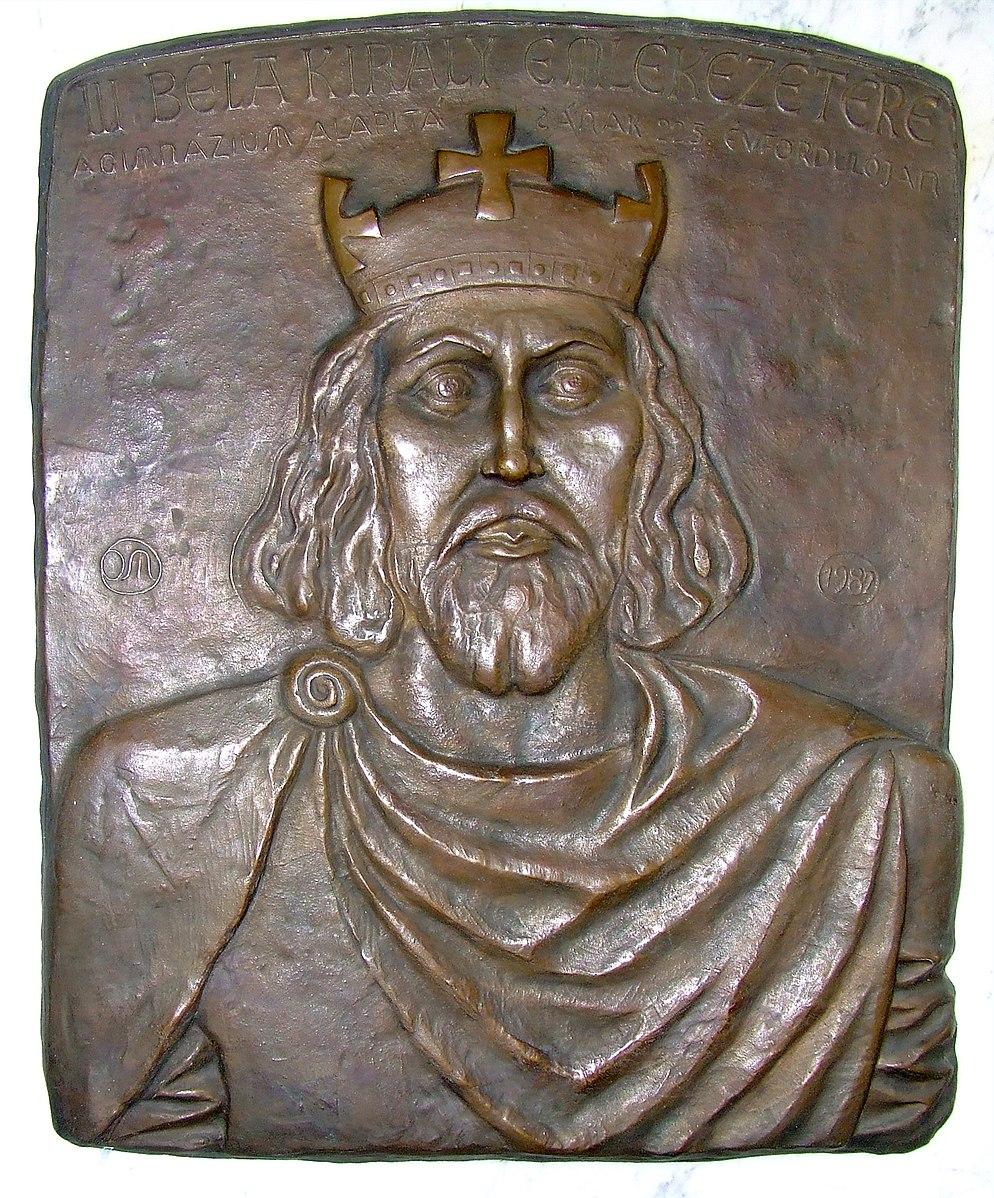Maybe you didn’t know that April 23rd marks the 828th anniversary of the death of King Béla III of Hungary. Perhaps you know nothing about King Béla III, but you might want to, especially if you’re genetically related to this monarch from the Middle Ages.
King Béla III was one of the most prominent rulers of the Kingdom of Hungary during the Árpád dynasty (1001–1301 CE). More than that, he left a legacy for legal and educational reforms that endured after his death.
Historical Matches
Marking the anniversary, 23andMe is updating Historical MatchesSM, our new 23andMe+ Premium membership feature that may genetically connect you to one or more of hundreds of historical people across the globe. Some are unnamed individuals from specific times and places in history, while others are named historical figures like King Béla III and Ludwig Van Beethoven.
Born in 1148, King Béla III CE assumed the title of King of Hungary and Croatia in 1172. He is credited with promoting the use of written records in Hungary and adopting the two-barred cross (or “double cross”) as a symbol of the Kingdom of Hungary—the cross still appears on the coat of arms of Hungary to this day.
Like all rulers in the Árpád dynasty, Béla III was a direct, paternal lineage descendant of Grand Prince Árpád, who led the Hungarian conquest of the Carpathian Basin in the late 9th century. During this conquest, members of seven Hungarian tribes joined forces with one another and a group of Turkic-speaking people known as the Kabars to establish control in the region and assimilate its diverse inhabitants, which included the Avars and Slavonic groups. This conquest ultimately brought about the establishment of the Kingdom of Hungary around the year 1000.
Anniversary
On April 23rd, 1196 CE, when Béla III was 47 or 48, he fell ill and died. He was initially buried in the Székesfehérvár Cathedral in Hungary along with his first wife, Anna of Antioch, and other members of the Árpád family. However, after being excavated in 1848, the remains of Béla III and Anna were eventually moved to the Matthias Church in Budapest, where their sarcophagus remains.
In 2014, Béla III and Anna’s tomb was opened, and four of King Béla III’s bones were sampled for ancient DNA in the hopes of learning about his ancestry. In 2021, his genome was published as part of a study led by a team of researchers from the Max Planck Institute for the Science of Human History in Germany.
Learn More
Through 23andMe’s Historical Matches feature, which is available to all 23andMe+ Premium members, you can learn more about King Béla III, including whether you are one of his distant genetic relatives.




